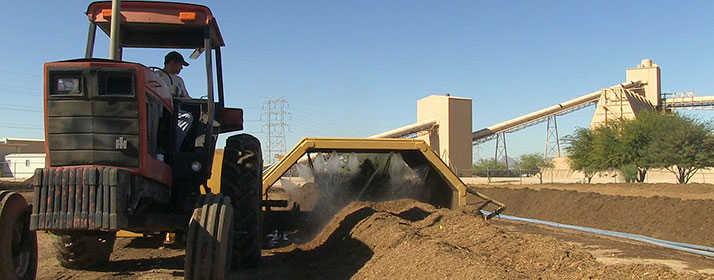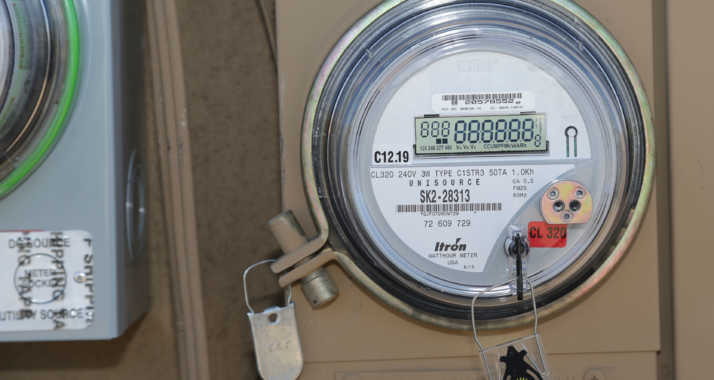

Tucson Electric Power’s energy-efficient lighting program exceeded its goals on the way to a record year in 2013.
TEP partners with manufacturers to sell compact fluorescent light bulbs at a steep discount through local retailers. This program was responsible for putting more than 1.4 million energy-efficient bulbs into customers’ homes in 2013, said Daniel Hogan, Supervisor for Residential Programs at TEP.
Energy savings translates to financial savings for customers as well, with CFLs providing $1 worth of conventional lighting for just 25 cents.
“We saved our customers money, and we had the opportunity to interact with them in a positive manner, teaching them a bit about the technology of efficient lighting,” Hogan said.
TEP worked to educate customers that the current third-generation of CFL bulbs is a significant improvement over earlier versions. In addition to even more energy savings, the leading-edge CFLs are more true to the color and temperature of light people expect. They don’t flicker, and they last longer.
“Last year’s outreach efforts included a greater use of tents and booths at community events to help the public learn more about this and other energy efficient technologies for the home,” Hogan said.
Ana Pallares, TEP’s Energy Efficiency Program Coordinator, said part of the key is the widespread footprint of TEP’s retail partners. More than 200 retail stores participated in the CFL program in 2013, covering the entire TEP territory.
The goal is to make discounted CFL bulbs available anywhere people buy light bulbs. And while CFLs are common, there are still many customers who haven’t made the switch.
“There’s still a lot of room in the market,” Pallares said. “It’s not at all near saturation.”
With savings of about $30 over the lifetime of each bulb – and more than 40 light sockets in the average home – adopting CFLs will produce energy savings that adds up.
In 2014, TEP looks to match or exceed last year’s energy and cost savings through the CFL program as community outreach efforts continue.
“The act of being a saver starts somewhere, and in reality, it’s as easy as screwing in a bulb,” Hogan said.
“This is the first step on a continuum. People switch to CFL bulbs and then look around their house and think ‘What else can I do?’” he said. “It gets them on the road to being an energy saver. Research has shown that people who switch to CFLs participate more in other residential energy savings.”






